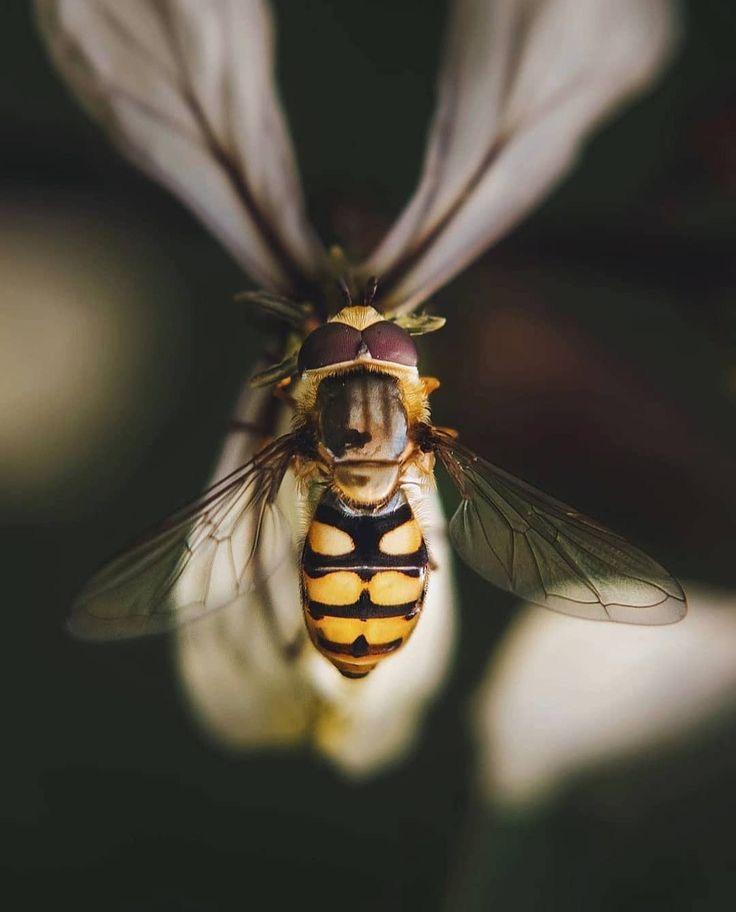Macro photography requires specialized equipment to capture stunning close-up images. Some essential macro photography equipments includes a macro lens, lighting equipment, and a camera mount.
A macro lens allows you to focus on very close subjects, sometimes as close as 1:1 magnification. Dedicated macro lenses tend to perform best but many cameras now offer macro settings on zoom lenses. External lights are important for macro work as tiny depths of field require more light. A ring flash or macro flash is ideal but you can also use on-camera or off-camera hot shoe flashes with diffusers.
To prevent camera shake at such close focusing distances, a mount is essential. Optical viewfinder cameras benefit from macro rails and focusing rails to precisely control movement. For live view on DSLRs and mirrorless cameras, macro photo tubes prove very useful by allowing hands-free positioning close to the subject. A tripod is another must-have to keep the camera steady. With the right macro lenses and lighting accessories, you’ll be ready to capture intricate close-up details.
Macro photography is one of the most addicting forms of photography. It allows you to check out some of nature’s coolest things in super close-up detail. But to do so, you’ll need some macro photography equipment.
Camera Options for Macro Photography
There are several cameras well-suited for macro photography work. High-resolution sensors are important for resolving tiny subject details.
DSLRs like the Canon EOS 5D Mark IV (30MP) and Nikon D850 (45MP) are both excellent choices. Their large full-frame sensors combined with exceptional image quality make them versatile for macro and other genres. Hot shoe ports allow lighting attachments. Viewfinders enable comfortable composition.
Mirrorless cameras are also great macro picks, offering a smaller, lighter setup without sacrificing performance. Options like the Sony A7R IV (61MP) pack huge resolution potential into a compact body. Electronic viewfinders provide 100% coverage for precise framing. Autofocus is often more advanced than DSLRs for tack-sharp focus on tiny subjects.
Some dedicated macro cameras include options from Olympus like the OM-D E-M1 Mark III with in-body stabilization, or the Panasonic Lumix DMC-G100 for its swiveling touchscreen. Overall, modern DSLRs and mirrorless cameras with macro lenses deliver top-notch results for close-up shooting.
Related post: Macro photography subjects
Best Canon Cameras For Macro Photography
| Canon Model | Features | Pros | Cons |
|---|---|---|---|
| EOS R7 Check On Amazon | – 32.5MP APS-C sensor – Advanced Dual Pixel CMOS AF system with Eye AF – Fast 15 fps burst shooting | – Impressive sensor – Advanced autofocus system – Fast burst shooting | – Mirrorless design may not appeal to all users |
| – Compact mirrorless design | – Great for macro work | ||
| EOS R10 Check On Amazon | – 24.2MP APS-C sensor – 23 fps shooting with focus/exposure locked | – Affordable | – Lower resolution compared to other models |
| – Ideal for macro photography | |||
| EOS 90D Check On Amazon | – Fast 11 fps shooting – Reliable focus systems | – Strong contender among APS-C DSLRs | – DSLR design may feel bulkier compared to mirrorless options |
| – 32.5MP resolution | |||
| EOS R6 Check On Amazon | – Excellent autofocus – Fast 12 fps shooting – Durable weather sealing | – High-res 20MP sensor | – Higher price point may deter some enthusiasts |
| – Pro-grade performance | |||
| EOS R5 Check On Amazon | – 45MP full-frame sensor – Smooth rack focus with Dual Pixel CMOS AF II – 8K video | – Ultimate choice for macro photography | – High price may be prohibitive for budget-conscious photographers |
| – Wide-area AF coverage | – Exceptional image quality | – Overkill for casual macro enthusiasts who do not require 8K video or extremely high resolution | |
| – High-end features such as 8K video recording | |||
| – Expense limits appeal to some macro shooters |
Best Nikon Cameras For Macro Photography
| Nikon Model | Features | Pros | Cons |
|---|---|---|---|
| Z9 Check On Amazon | – 45.7MP full-frame sensor – Burst shooting up to 120 FPS – Spectacular autofocus | – Pro build suitable for macro work – High-resolution sensor captures fine details – Insanely fast burst shooting | – Very expensive, may not be feasible for all budgets |
| – Pro build for durability and reliability | – Exceptional autofocus system ensures sharp images – High burst rate allows capturing fast-moving subjects effortlessly | ||
| Z7 II Check On Amazon | – 24.5MP BSI CMOS sensor – 5-7 FPS continuous shooting | – More affordable option compared to Z9 – Excellent image quality from BSI CMOS sensor | – Lower burst rate compared to Z9 |
| – Reliable autofocus system | – Reliable autofocus system ensures accurate focusing – Suitable for a wide range of photography genres including macro | ||
| Z fc Check On Amazon | – 20.9MP sensor – Compact full-frame body | – Compact size makes it easy to carry around – Legacy F-mount lens compatibility | – Lower resolution compared to other models |
| – Legacy F-mount lens compatibility | – Great for detail shots, especially for macro photography – Easy to use interface makes it suitable for beginners | ||
| Z30 Check On Amazon | – 20.9MP APS-C sensor – 11 FPS bursts – Advanced subject tracking AF | – Small size is ideal for macro photography – Advanced subject tracking AF enhances focusing accuracy | – Limited to APS-C sensor size, may not provide the same level of image quality as full-frame models |
| – Small size | – High burst rate allows capturing fast-moving subjects with ease – Ideal for photographers who prioritize portability | ||
| D780 Check On Amazon | – 24.5MP full-frame sensor – Advanced AF system | – Reliable performance suitable for various photography needs – Stable design ensures comfortable handling | – DSLR design may feel bulkier compared to mirrorless alternatives |
| – Stable design | – High-resolution sensor captures detailed images – Advanced AF system ensures precise focusing | ||
| D500 Check On Amazon | – Durable APS-C body – Fast shooting at 10 FPS | – Durable body with excellent handling – Fast shooting speed enables capturing fast-moving subjects effortlessly | – Limited to APS-C sensor size, may not provide the same level of image quality as full-frame models |
| – Reliable 153-point AF system | – Reliable AF system locks focus quickly and accurately – Great handling makes it suitable for various shooting conditions |
Here are some of the top Sony cameras for macro photography in 2024
- Sony a7R V – The highest resolution full-frame option with its new 61MP sensor. Perfect for resolving fine macro details. Fast speeds too.
- Sony a7 IV – Excellent all-around full-frame camera with improved AF, 10fps shooting and a sturdy build. Reliable performer.
- Sony a7C – Compact and stylish full-frame body with 24.2MP sensor. Very lightweight for long macro shooting sessions.
- Sony ZV-E10 – Newest APS-C option with 24.2MP sensor, advanced AF and 11fps shooting. Ideal for macro’s shallow DOF.
- Sony a6600 – Durable APS-C camera with impressive AF, 11fps speeds and flip-out touchscreen. Great ergonomics.
- Sony a6400 – Affordable APS-C model with Real-time Eye AF, 11fps bursts and compact design. Fantastic value.
Macro Photography Lenses
Macro photography requires lenses designed specifically for extremely close focusing distances. Dedicated macro lenses offer optimum quality for magnified shots.
Canon and Nikon each have professional L-series macro lenses that perform beautifully. The Canon EF 100mm f/2.8L Macro IS USM provides lifelike reproduction with its large maximum magnification ratio of 1:1 and built-in image stabilization. The Nikon AF-S VR Micro-NIKKOR 105mm f/2.8G IF-ED covers FX-format sensors with balanced sharpness and distortion-free results. Both lenses feature ultrasonic silent focusing motors and full-time manual focus override for precise control.
Aside from specialty macro lenses, many lens manufacturers like Sigma and Tamron now offer 1:1 magnification macro options that deliver excellent results at more affordable price points. The Sigma 105mm f/2.8 EX DG OS HSM and Tamron SP 90mm f/2.8 Di VC USD provide optical image stabilization along with fast apertures well-suited for available light macro shooting. Overall, dedicated macro lenses empower superb close-focusing capabilities for magnified views of tiny subjects.
Macro lenses from other manufacturers aside Canon and Nikon
| Macro Lens | Features | Pros |
|---|---|---|
| Olympus 60mm f/2.8 Macro (Micro Four Thirds) | – Affordable – Versatile macro lens – 1:1 magnification | – Well-suited for Olympus and Panasonic mirrorless cameras – Offers true 1:1 magnification for detailed close-up shots |
| Sony FE 90mm f/2.8 Macro G OSS | – Optical SteadyShot for sharp handheld shots – Excellent image quality | – Full-frame compatibility makes it suitable for Sony Alpha series cameras – Optical stabilization ensures sharp images even at slower shutter speeds |
| Sigma 105mm f/2.8 EX DG OS HSM Macro (Canon, Nikon, Sigma mounts) | – 1:1 magnification – Optical image stabilization – Very sharp results | – Highly regarded for its sharpness and optical performance – Versatile compatibility with multiple camera mounts |
| Laowa 100mm f/2.8 2x Ultra Macro (Multiple mounts) | – 2:1 magnification for extreme close-ups – Manual focus only but inexpensive | – Unique lens offering extreme magnification for macro photography – Affordable option compared to other macro lenses |
| Pentax 100mm f/2.8 Macro (Pentax K-mount) | – Reliable – Weather-sealed – Affordable used option | – Weather sealing ensures durability in various shooting conditions – Affordable option for Pentax users |
| Tamron 90mm f/2.8 Di Macro 1:1 (Canon, Nikon mounts) | – Optical stabilization – Fast aperture – 1:1 magnification | – Popular third-party option known for its optical performance – Optical stabilization helps in capturing sharp images at slower shutter speeds |
| Panasonic Lumix G 100-300mm f/4-5.6 II Power OIS Macro | – Versatile megazoom – Close focusing down to 1:3 life-size magnification | – Offers a wide zoom range suitable for various photography genres – Ability to focus closely for macro shots |
Macro Photography Accessories
Besides dedicated macro lenses, other valuable gear helps produce professional-quality macro images.
Extension tubes and close-up filters can also be used with standard lenses for macro shots on a budget. These simple accessories allow non-macro lenses to focus closer, achieving magnification up to about 1:2 life-size ratios.
Tripods for Macro Photography
Sturdy tripods are essential for achieving stability and precise composition when shooting close-up subjects. Macro photography demands the camera remain perfectly still to capture sharp details, even at shutter speeds as fast as 1/30 seconds. Look for lightweight yet robust tripods that extend to sufficient heights while still being portable. Manfrotto offers excellent options like the MT190XPRO4 tripod—it supports over 6.6 lbs and weighs only 2.6 lbs itself, making it convenient for field macro sessions. Gitzo models provide similar reliability and build quality for heavy cameras and long-term use.
Other handy accessories include lighting tools, focusing rails or stacking plates for focus blending techniques. And a macro photo studio with backdrops creates a controlled space for consistent results.
focus blending is a useful macro photography technique that helps extend depth of field. It involves taking multiple images of the same scene focused at different distances and then combining them.
Macro Photography Gallery





